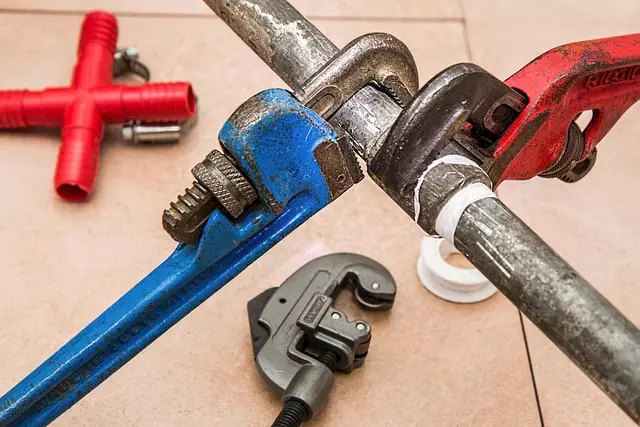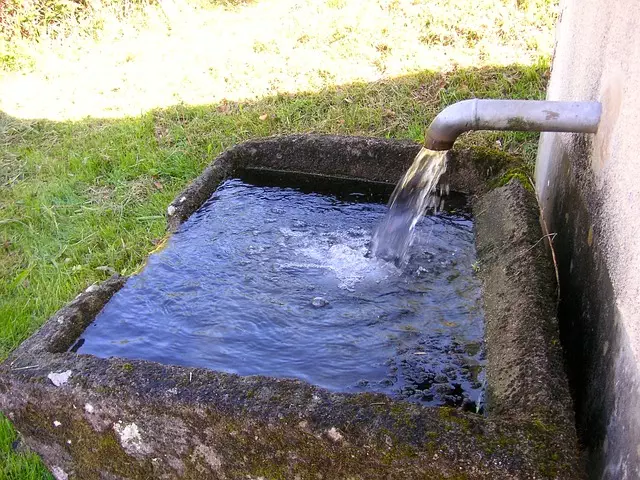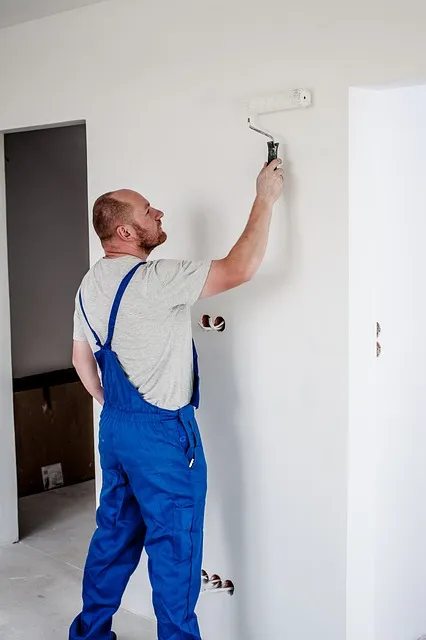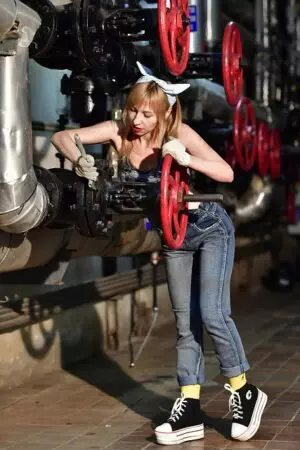Pipe leaks, caused by corrosion, aging, or nearby construction, pose significant risks, from mold growth to structural damage and reduced water pressure. Modern leak detection methods using infrared cameras, GPR, and acoustic sensors offer precise, non-invasive solutions compared to traditional visual inspection. Repair options range from temporary patches to permanent replacements, emphasizing the need for expert intervention and high-quality materials. Regular maintenance, including inspections, insulation, and efficient plumbing practices, prevents leaks and reduces repair costs in both residential and commercial settings.
“Leak detection and prompt pipe repair are essential aspects of home and building maintenance. Understanding common causes of pipe leaks, such as corrosion, aging, or damage, is the first step in effective prevention. This article explores various leak detection methods, from traditional to modern techniques, offering a comprehensive guide for homeowners and professionals alike. We delve into repair options, emphasizing quick response and choosing durable materials for long-lasting solutions. Additionally, we discuss preventive measures to safeguard against future pipe leaks.”
Understanding Pipe Leaks: Common Causes and Effects

Pipe leaks are a common household issue that can have various causes, from corrosion and aging pipes to faulty installations or damage during movement or construction nearby. Understanding these root causes is essential for effective pipe repair. Over time, metal pipes can corrode, especially in areas with high moisture content or poor drainage, leading to tiny cracks that gradually widen, allowing water to escape. Plastic pipes, while less prone to corrosion, can become brittle and break due to extreme temperature changes or physical damage.
The effects of a pipe leak are far-reaching and can cause significant damage. Water damage can lead to mold growth, which not only compromises indoor air quality but also deteriorates structural materials like wood and drywall. In addition, constant water loss can negatively impact water pressure and waste disposal systems. Prompt action is crucial when addressing leaks to prevent these issues from escalating, making efficient pipe repair a top priority for homeowners and property managers.
Traditional vs Modern Leak Detection Methods

In the realm of pipe repair, the evolution from traditional to modern leak detection methods has been transformative. Historically, identifying leaks often involved time-consuming processes like visually inspecting pipes for visible damage or relying on the accumulation of water bills to hint at potential issues. These methods, while not inaccurate, were slower and less precise compared to contemporary alternatives.
Modern technology, however, has introduced innovative leak detection systems. Advanced tools such as infrared cameras, ground-penetrating radar (GPR), and acoustic sensors have revolutionized pipe repair. These technologies offer non-invasive, accurate, and efficient leak identification, often picking up on issues that traditional methods might miss. By pinpointing the exact location of a leak, modern techniques not only expedite repair processes but also significantly reduce damage and waste, making them indispensable in the contemporary plumbing industry.
Repair Options: From Temporary Fixes to Permanent Solutions

When it comes to pipe repair, there are a variety of options available, ranging from temporary fixes to permanent solutions. For minor leaks or burst pipes, temporary patches and relines can provide quick relief. These methods involve sealing the leak with special compounds or inserting a new section of pipe to restore flow without extensive excavation.
However, for more severe cases or to ensure longevity, permanent solutions like replacement or rerouting are often necessary. Pipe replacement involves removing the damaged section and installing a new one, providing a robust and long-lasting fix. Rerouting, on the other hand, bypasses the affected area altogether, redirecting the water flow through alternate pathways. Both methods require skilled professionals and specialized equipment to guarantee effective pipe repair.
The Importance of Quick Response in Pipe Repair

When it comes to pipe repairs, time is of the essence. A quick response to a leak can prevent significant damage and costly repairs. The longer a leak goes undetected, the more severe the potential consequences become. Water damage not only leads to higher restoration bills but can also cause disruptions in homes or businesses, affecting daily operations and comfort.
Rapid action involves identifying the source of the leak efficiently and implementing appropriate repair methods. Modern technology aids in this process, allowing professionals to pinpoint leaks with precision and minimize downtime. Efficient pipe repair not only saves money but ensures a more stable and secure environment for residents or business occupants.
Choosing the Right Materials for Long-Lasting Repairs

When undertaking pipe repair, selecting the appropriate materials is paramount for long-lasting results. The right choice ensures leaks are effectively sealed and prevents future damage. Opting for high-quality, durable products specifically designed for pipe repairs guarantees their resilience against water pressure, temperature fluctuations, and corrosion.
Consider factors like material compatibility with existing pipes, environmental impact, and ease of installation. Modern innovations offer a range of options, from traditional epoxy resins to advanced polymer compounds. These materials provide strong bonds, excellent adhesion, and flexibility, making them ideal for complex pipe repair scenarios.
Preventive Measures: Maintaining Pipes for Future Leakage Prevention

Regular maintenance is key to preventing future pipe repairs and leakage. Homeowners and property managers should schedule periodic inspections, especially in older homes with metal or copper pipes. During these checks, look out for signs of corrosion, rust, or any unusual noises coming from the pipes—these could be early indicators of potential issues.
Simple preventive measures like fixing leaks promptly, insulating pipes to protect against extreme temperatures, and avoiding overloading plumbing systems can significantly reduce the risk of pipe damage. Additionally, using water-efficient fixtures and appliances can lessen the strain on the plumbing, delaying the need for costly pipe repairs.
